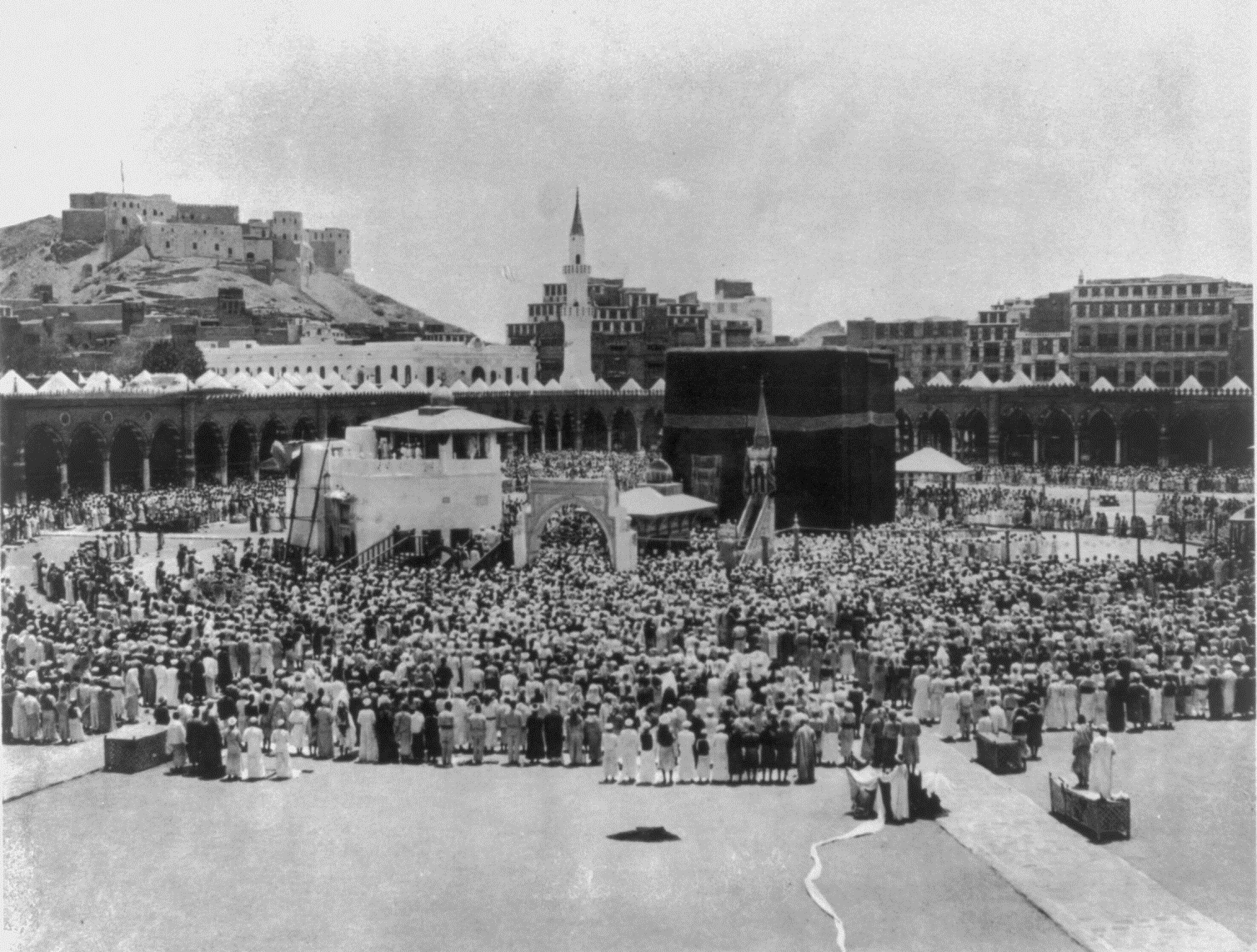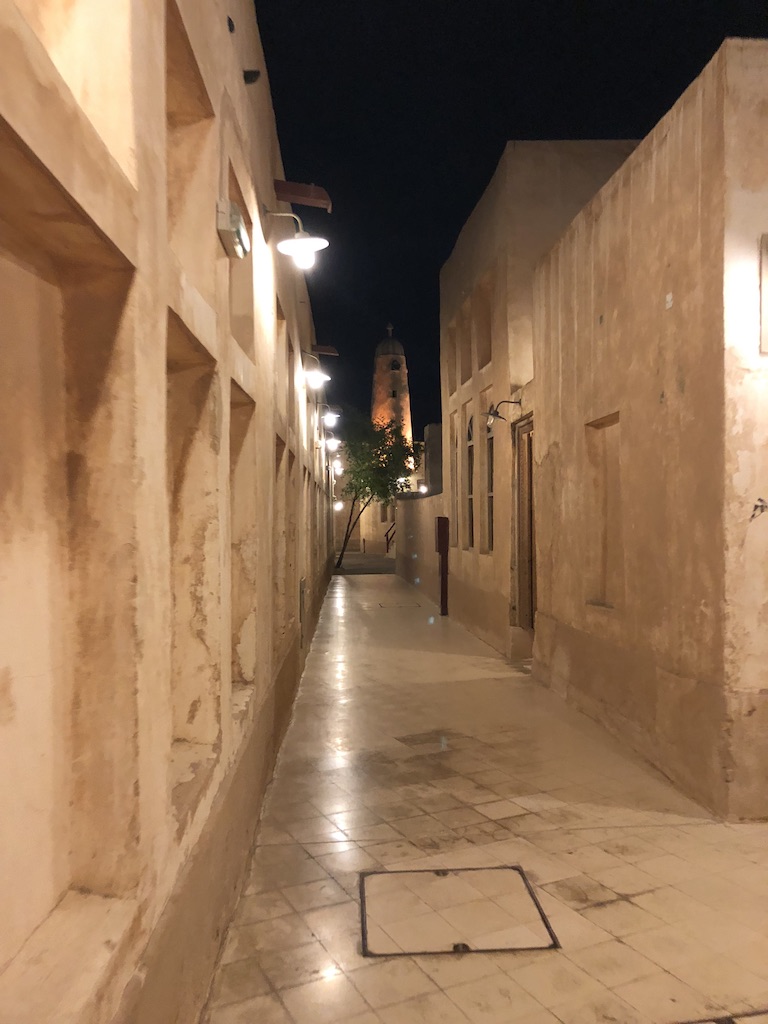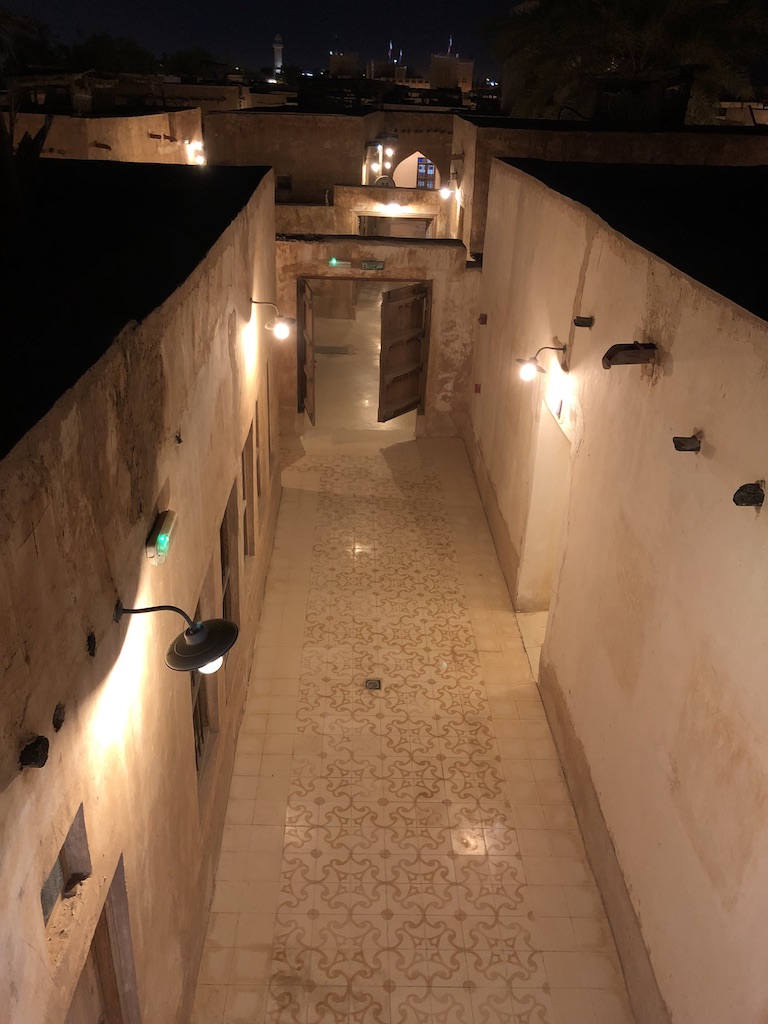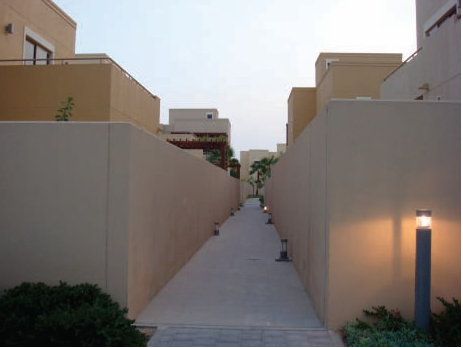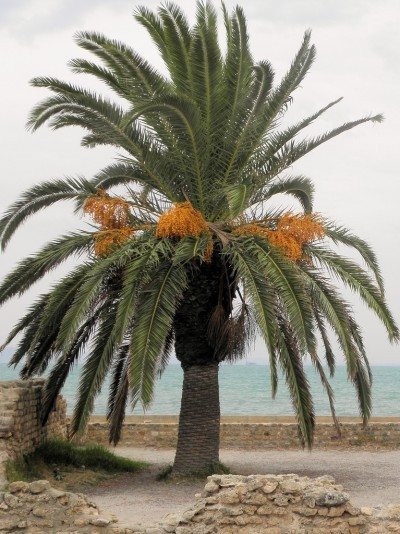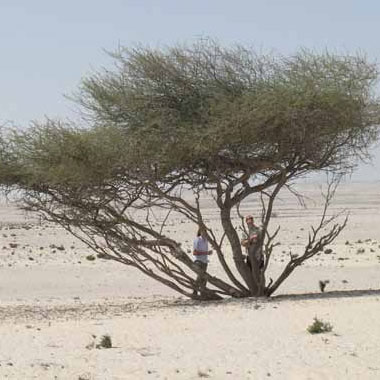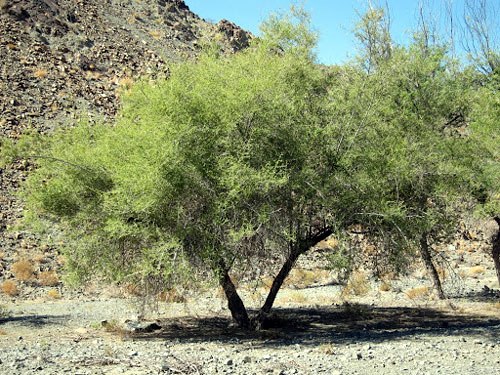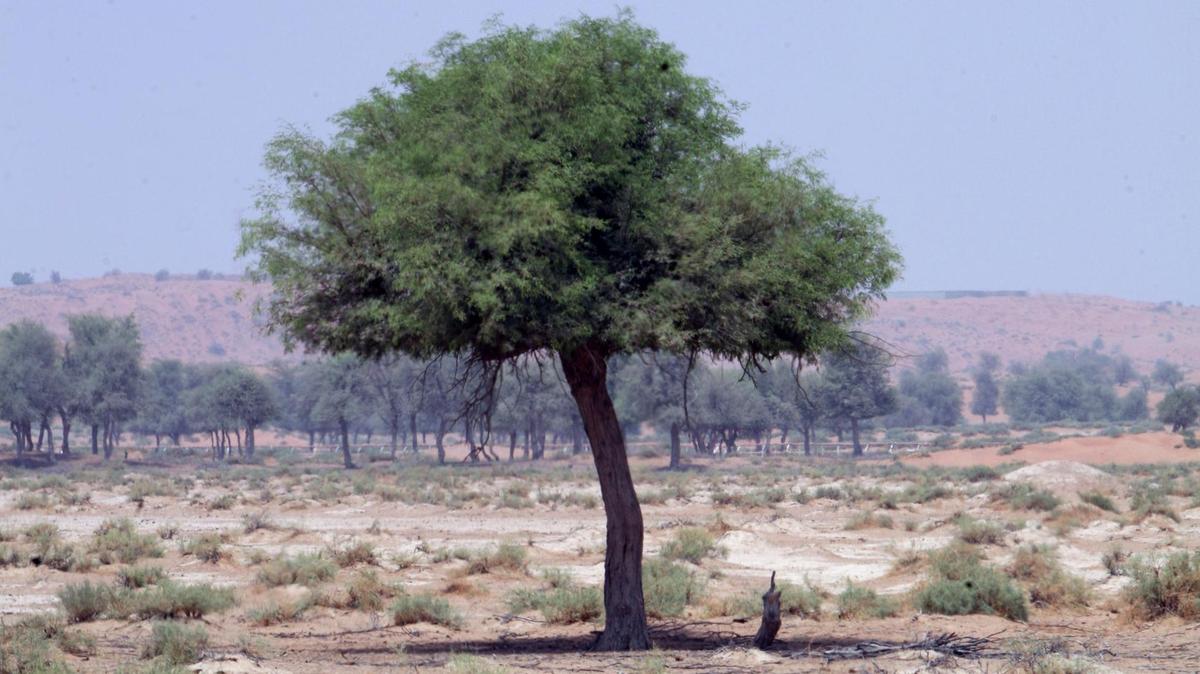The Destruction of Mecca & Medina's Historic Landscapes
“La Mecque” - Louis-Nicolas de Lespinasse, circa 1787.
In a cultural landscape class which discusses issues of historic preservation, I introduced myself as a student interested in issues of historic preservation in the Arabian Peninsula, and how cities of the past are being destroyed across the Persian Gulf and Arabian Peninsula. My professor responded: “Islamic cultures have never been particularly great at preservation”, this throwaway remark by my professor struck me. As different students in the class introduced themselves and their interest, I couldn’t help but stay stuck on that remark the professor had made. I had always attributed the lack of historic preservation in the Middle East to the modernist movement and capitalist motives. The sudden influx of wealth from fossil fuels demanded a lot of new development that came at the cost of our urban heritage. Looking at historic preservation practices under a religious lens could help us better understand the attitude on preservation in an Arab-Islamic context. Islam is an innately urban religion, Mecca & Medina are the cradles of Islam and are cities that have existed for millennia, and yet today it is dominated by massive skyscrapers, hotels, malls, and cranes. The Gulf Institute in Washington D.C. estimates that 95% of 1000-year-old structures in Mecca & Medina have been demolished, but what forces are to blame for this destruction?
The need for conservation in Islamic cities is often drawn to individual monuments, mosques, mausoleums, fortresses, palaces, etc. But, what is of greater importance and a subject of emphasis is the historic city centers. Conservation within Islamic cities does not only pertain to saving important monuments, which provide plenty of architectural elements unique to Islamic traditions and culture, but also to safeguard the settings of these important monuments and to improve the environment of these urban areas. The rapid pace of development in the Middle East has perpetuated a false narrative that the Arab-Islamic urban is as new as the oil boom, whereas Islamic traditions since the time of the prophet have been rooted in cities.
The prophet himself lived in the city of Mecca and spent the last decade of his life in al-Medina al Munawara (The Illuminated City), otherwise referred to as Medina. Islamic civilizations have always been urban in character and nature, the mosque requiring a permanent population and a fixed location demanded them to be as such. The social and communal solidarity based on religion was ingrained in the fabric and development of Islamic civilizations. Mecca and Medina are the two holiest cities of Islam, effectively being the cradle of the religion. One is the birthplace of the Prophet while the latter is his burial place. Muslims are commanded by God as part of the five pillars of Islam to perform Hajj, an annual Islamic pilgrimage to the Holy Mosque and Kaaba in Mecca where a series of rituals are performed. Many pilgrims will choose to visit Medina as part of their Hajj, to visit the Al-Masjid an-Nabawi (Mosque of the Prophet), which contains Muhammad's tomb. The Quba Mosque and Masjid al-Qiblatayn are also usually visited as well. While both of the cities are of great spiritual and religious value to Muslims, its historical importance to the planning practices of Islamic civilization has been understudied in Western literature. The layout of courtyards in residential neighborhoods of Medina within narrow alleyways in relation to wider avenues that lead to mosques has major implications to the way we understand the Islamic planning process and the legacy of these traditions remain alive in the historic center of early Islamic cities such as Basrah, Kufa, Fustat, Kairouan, and Wasit. These planning processes were led under the Prophet’s guidance and followed by the Caliphs. The loss of historic monuments and structures in Islamic cities, particularly in Mecca and Medina, has always been attributed to economic development and rapid urbanization. Business and capital interests demanded a substantial amount of construction of infrastructure. The destruction of heritage necessitated by development and modernization can be understood as a legacy of colonialism. In a conference on the preservation of Islamic urban heritage in Istanbul, the chairman of the Arab Urban Development Institute (AUDI) was quoted: “... What continues to be the greatest threat and what had spurred the destruction of Islamic urban heritage in the Middle East and beyond are the forces of westernization overtaking the Islamic world”. What is ironic about this statement is that the chairman of the AUDI, who is Saudi, and the AUDI, which is housed in Riyadh, Saudi Arabia, neglects that much of the destruction in Mecca and Medina was encouraged by the hardline Wahhabi doctrine which is practiced and forced in Saudi Arabia.
“Medina, showing the ancient wall of the city” - King Abdulaziz Public Library, circa 1890s(?)
The Saudi dynasty and the Wahhabi religious movement are intimately tied into the unification of Arabia, as well as the Al-Saud’s rise to power. The Wahabbi doctrine is a puritanical and literal interpretation of Islam and a return to the sunna, the traditional portion of Islamic Sharia based on Muhammad's words or acts. The religious movement sees its origins in the late 18th-century where Islamic scholar, Muhammad ibn Abd al-Wahhab, forms an alliance with Prince Muhammad bin Saud, to create unified Arabia and to fight Ottoman rule. Arabia would be unified by the ‘true monotheist doctrine of Islam’ and to purify the Muslim Empire from Shirk (idolatry). The strict forbiddance of idolatry presented a threat to historical structures in Mecca as structures became focal points for prayers, particularly mausoleums and burial sites that housed the prophet and his companions. With the advent of the first Saudi state following the Wahhabi-Saudi alliance taking over Nejd, Wahhabi forces sacked the Shiite holy city Karbala in modern-day Iraq, killing over 5,000 people and plundering the Place of Al-Husayn ibn Ali ibn Abi Talib. This is mainly because Shia practices and beliefs violated what Wahhabis believed to be the fundamentals of the religion – “the Quran, the Sunnah, and the Hanbali school's legal positions”. Wahhabi forces successfully take over Mecca in 1805, where they began their campaign of destruction in numerous sacred sites and proceeded to level all the existing domes, including the ones built over the well of Zamzam, where it is believed that God miraculously generated this water for Abraham’s son Ishmael and his mother Hajar while starving and thirsty in the desert. In 1806, Wahhabi forces took over Medina where they razed all domes and structures within, and outside, of the Baqi cemetery. Noteworthy sites that were destroyed include the Mosque of Fatima al-Zahra, the Mosque of al-Manaratain, and Qubbat' al-Thanaya. The Wahhabis and the Saudis intended to demolish the grave of the Prophet Muhammad many times, but would repeatedly change their minds. The Ottoman caliphate would then defeat the Wahhabis in 1818 and reclaim the two holy cities, and they would begin renovating and building the domes and mosques in a splendid aesthetic style. The Ottomans also built a dome on the Baqi’ cemetery over the graves of the prophet’s daughter Fatima al-Zahra, Zainul 'Abidin ('Ali bin al-Hussain), Muhammad ibn 'Ali al-Baqir and Ja'far al-Sadiq.
Jannatul-Baqi before Demolition - Unknown Author, circa 1910s.
The destruction of holy sites would continue into the 20th and the 21st century as the unification of Arabia begins to take place and the Ottoman empire begins to crumble. The House of Saud regained control of Mecca and Medina in 1924 and carried out the second campaign of demolition in the Baqi’ cemetery. On April 21, 1925, King Ibn Saud granted permission to destroy the Baqi’ cemetery. Mausoleums, domes, and even the simplest of gravestones were destroyed by Wahhabi militias. The cemetery which honored Abdullah ibn Abdul-Muttalib and Aminah, Muhammad's father and mother, as well as other notable family members and Imams, was now a complete wasteland. British convert Eldon Rutter describes the destruction as a natural disaster:
“All over the cemetery, nothing was to be seen but little indefinite mounds of earth and stones, pieces of timber, iron bars, blocks of stone, and broken rubble of cement and bricks, strewn about.”
The practice of justifying the destruction of historical and religious sites in the two holy cities continue to be justified by Wahhabi clerics of Saudi Arabia. Wahhabi clerics who play a major role in deciding the kingdom’s politics and religious life have vigorously opposed structures devoted to mortals as it diluted the worship of a single and unique God. A fatwa issued by the official Saudi body responsible for religious rulings states:
“It is impermissible to exaggerate the importance of historical sites and buildings because this might lead to Shirk [idolatry]. The laypeople may be tempted to believe that such places are blessed, and be driven to commit acts of disbelief. The Prophet (peace be upon him) forbade building over graves and performing Salah (Prayer) by them, for that is a means of Shirk. It is, therefore, obligatory to neglect and abandon such a deed and to warn against it.”
Mecca, a millennium-old city, lacks its millennium-old buildings.
“View of the mosque, while congregational Çalat [i.e., Salat] are being held inside” - ʻAbd al-Ghaffār al-Sayyid, circa 1889.
In place of shrines and sites that honored religious figures stand entirely new sites and shrines dedicated to commerce. Around 70 years ago, the site in which the prophet was believed to be born in was turned into a cattle market close to the Grand Mosque, where the Ka’aaba is. In 1989, Ahmed Zaki Yamani led a team that excavated the alleged home of the prophet and his first wife, Khadijah, near the Grand Mosque. They worked for twenty-four hours to unearth the house and proceeded to take photographs of the structure but then filled it with sand, knowing that powerful clergy would consider the entire site blasphemous and would tear it down. The structure has since then been converted into a library Maktabat Makka al-Mukarrama, which houses many historical texts and archives on the prophet and the holy city. The library had come under threat of demolition with the Jabal Umar project, the largest real estate development projects near the Grand Mosque and in Mecca. The project has been described as a: “a sprawling complex that will eventually accommodate 100,000 people in 26 luxury hotels-sitting on another gargantuan plinth of 4,000 shops and 500 restaurants, along with its own six-story prayer hall”. Other real estate development projects would encompass and encircle the Grand Mosque. Skyscrapers and malls would tower over the holy site, mocking its ‘grand’ title. In 2002, the Ottoman built Ajyad Fortress which sat atop the Bulbul hill was demolished after 222 years. The landmarks were replaced by the Abraj al-Bait complex, which included the Mecca Royal Clock Tower, six skyscrapers, and a large shopping mall developed in partnership with foreign hotel chains. These commercial developments are subsidized by the Saudi government King Abdul Aziz Endowment for the Holy Haram, as an effort to commercialize and make a profit off of the Hajj and religious tourism.
The destruction of the Ajyad fortress spurred international and domestic protests and fueled further outrage on the destruction of heritage sites within the international Islamic world. The Turkish foreign minister attempted to stop the demolition, along with the Turkish Culture Minister has asked UNESCO to protest to Saudi Arabia, describing the demolition as a “crime against humanity and UNESCO should expose this disgraceful and ugly destruction and cultural massacre". Rallies and protests are held annually against Saudi sponsored destruction globally, most notably in Iran, India, Pakistan, and the United States. The day is known as Yaum-e Gham/Rooz-e Gham ("Day of Sorrow") by many Shiite Muslims. The Saudi government’s destruction of historic sites has largely targeted sites that are important to Shia Muslims, further fueling the sectarian conflict in the Middle East and the proxy war between Saudi and Iran.
Abraj Al-Bait looming over the Grand Mosque.
The question of ownership of historic sites in Mecca and Medina becomes an incredibly difficult question to answer. Islam has 1.8 billion adherents to the religion, all of which have some claim to make on these sites. Islamic history and the history of Mecca and Medina are not exclusive to Arabs and the settlers of Arabia. The region has a long history of Persian, Turkish, and other peoples living and traveling to the region. Every adherent to the religion of Islam could make a spiritual claim to this site. Moreover, Ottoman heritage and architecture is important to the region as it marks the long rule of the Ottoman empire over the Hejaz, as well as provide a visual and aesthetic mark in history on the development of Islamic architecture. There is very little room to contest the claims of the Saudi, during the demolition of the fortress the Saudi Minister of Islamic Affairs was quoted that "no-one has the right to interfere in what comes under the state's authority", and that these commercial developments have the Muslim world’s best interest as it is an effort to accommodate more pilgrims.
This conflict of ownership of Islamic cultural landscapes is extended to Islamic theology and culture as a whole. The ownership of heritage sites in Mecca and Medina is a lense on a much broader issue which is the growing influence and spread of Wahhabi ideology sponsored by the Saudi government. Wahhabi clerics see their message as the only ‘true and pure’ interpretation of Islam, and any other form of worship is heresy, completely invalidating the diverse forms of worship found across the Muslim world and its different sects and schools. Mosques and Islamic schools are built across the Muslim world in Pakistan, Indonesia, and Malaysia which preach this hardline puritanical version of Islam, and as clergy are continued to be pushed and promoted through Saudi media and broadcasting on radio and television, their sphere of influence continues to grow. The way in which the Wahhabi narrative operates seem to conflict with Islamic ideals, Islam as a faith was sent to all people, regardless of race and ethnicity.
“All mankind is from Adam and Eve. An Arab has no superiority over a non-Arab, nor does a non-Arab have any superiority over an Arab; a white has no superiority over a black, nor does a black have any superiority over a white; [none have superiority over another] except by piety and good action. Learn that every Muslim is a brother to every Muslim and that the Muslims constitute one brotherhood. Nothing shall be legitimate to a Muslim which belongs to a fellow Muslim unless it was given freely and willingly. Do not, therefore, do injustice to yourselves.”
As the cast of luxury hotels and apartments, perched above a complex of shopping malls and large cranes cast their eerie shadow over our cities that once was, all that remains the singular Ka’aaba, dwarfed by the commercial complex. The Wahhabis have destroyed historic landscapes as the act of preservation in and of itself privileges the land as something holy, and is therefore considered an act of idolatry and apostasy. In a fatwa issued by Sheikh Abdulaziz bin Baz, then the kingdom's highest religious authority: "It is not permitted to glorify buildings and historical sites, such action would lead to polytheism. … So it is necessary to reject such acts and to warn others away from them." Yet, what they fail to recognize is in its place we have built temples to capital, temples dedicated to Mammon. The chase of greed and capital and profiting off of holy sites goes against Wahhabi ideals. The double standards the Saudis have committed on the preservation, or lack thereof, of religious and historical landscapes is a disservice to the entire Muslim world. The destruction of holy lands was justified by the Saudis as an act done on behalf of all Muslims, yet all Muslims can make a claim and have made a claim to these religious sites as a place to be preserved.




